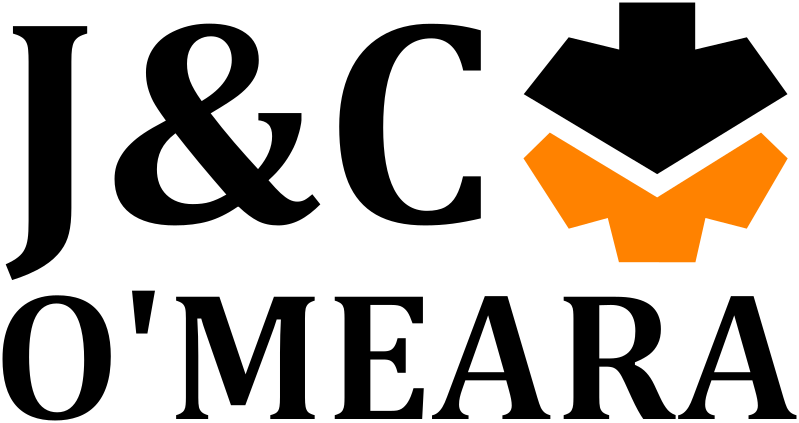Understanding CNC Router Software: A Beginner's Guide
- John Shepperd

- May 6
- 3 min read

Introduction: The software that runs a CNC router is just as important as the hardware. For newcomers, this aspect can seem daunting. In this CNC router software guide, we'll explain the key software components (CAD, CAM, and machine control) and how they work together in the CNC process. Mastering these tools will help you get the most out of your CNC router.
CAD Software: Designing Your Project
CAD (Computer-Aided Design) software is where every CNC project begins. With CAD programs, you create the digital drawings or 3D models of the part you want to produce. Popular CAD software choices in woodworking include AutoCAD, SketchUp, and SolidWorks, among others. The goal in the CAD stage is to produce an accurate blueprint of your piece, including all dimensions and details. Beginners are advised to start with user-friendly CAD tools or template-based design software provided by some CNC manufacturers. As you get comfortable with design basics, you can gradually move to more advanced CAD systems to unlock greater creative potential.
CAM Software: From Design to Toolpath
Once your design is ready, it needs to be translated into instructions that the CNC router can follow – this is where CAM (Computer-Aided Manufacturing) software comes into play. CAM software takes your CAD drawing and converts it into a toolpath, which is essentially a set of coordinates and commands (often in the form of G-code) that tell the CNC router how to move and cut. In the CAM stage, you will specify parameters such as cutting speeds, tool selection (which router bit or drill to use), cutting depth per pass, and the path the tool will take through the material. Modern CAM software often provides step-by-step wizards or presets for common operations, which is helpful for beginners. While CAM can sound complex, these tools are designed to simplify the process of generating accurate, efficient toolpaths from your designs.
CNC Control Software: Operating the Machine
After generating the toolpath (G-code), the next component is the CNC control software (machine controller). This software interfaces directly with the CNC router's hardware and is responsible for executing the G-code instructions. Common control systems include popular PC-based programs (like Mach3/Mach4) or the manufacturer’s own interface. The control software lets the operator load the G-code, preview the job, and then execute the cut on the router. It also displays the router’s status and any errors during the run. Becoming familiar with the control software’s interface is important – knowing how to pause, stop, or adjust a program mid-run can be crucial for safety and for fine-tuning your results.
Software Compatibility and Integration
When choosing a CNC router, pay attention to the software ecosystem that comes with it. Ideally, the CAD, CAM, and control software should work together seamlessly. Some CNC manufacturers provide an all-in-one software suite, while in other cases you might use separate third-party applications for each stage. Ensure the software supports the file formats you use (e.g. importing DXF or STL files into CAM, and the controller reading standard G-code). Also, check that your computer is powerful enough for the chosen CAD/CAM software, especially when working with complex 3D designs. Good integration and adequate hardware will save you time and prevent frustrating issues when moving from design to actual cutting.
Learning and Support Resources
As a beginner, one of the best ways to become proficient with CNC software is to leverage the training resources available. Many software packages offer tutorials, online forums, and customer support. Reputable suppliers often include basic training when you purchase a CNC router. Don’t hesitate to practice with sample projects – simulation features in CAM and control software allow you to test-run programs virtually without wasting material. Over time, you'll become more comfortable and can tackle more complex projects with ease.
Conclusion: Understanding the software side of CNC routing is key to unlocking the full power of your machine. By getting comfortable with CAD design, CAM toolpath planning, and the control interface, you’ll transition from a beginner to a proficient CNC operator much faster. The initial learning curve may seem steep, but modern software tools are designed to guide users step by step. With patience and the support of experienced professionals (and possibly a helpful guide like this one), you'll soon be creating intricate woodworking projects with confidence. Remember, J & C O'Meara and similar industry experts are resources you can rely on for both hardware and software guidance as you embark on your CNC journey.



